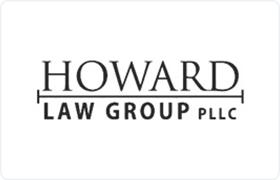Lexington Bankruptcy & Debt Lawyer, Kentucky
Sponsored Law Firm
-
 x
x

Click For More Info:
-
Howard Law Group, P.L.L.C.
213 Saint Clair St Ste 101 Frankfort, KY 40601» view mapBankruptcy & Debt Where Dedication Meets Experience
At Howard Law Group, PLLC, our Frankfort lawyer has devoted his entire practice to helping clients understand their rights and helping clients make empowered legal decisions.
800-716-8131
W. Thomas Bunch
Bankruptcy, Business Organization, Estate Administration, Litigation
Status: In Good Standing
Caryn L. Belobraidich
Wills & Probate, Consumer Protection, Corporate, Commercial Bankruptcy
Status: In Good Standing Licensed: 31 Years
Matthew B. Bunch
Corporate, Business Organization, Bankruptcy, Personal Injury
Status: In Good Standing Licensed: 31 Years
Christopher Gibson Bradley
Litigation, International Other, Administrative Law, Credit & Debt
Status: In Good Standing
 Douglas Howard Frankfort, KY
Douglas Howard Frankfort, KY Practice AreasExpertise
Practice AreasExpertise
